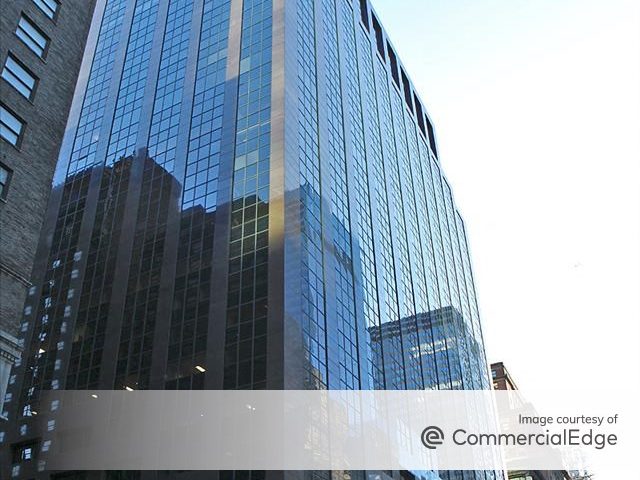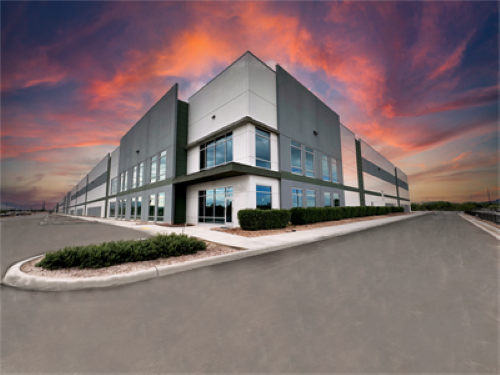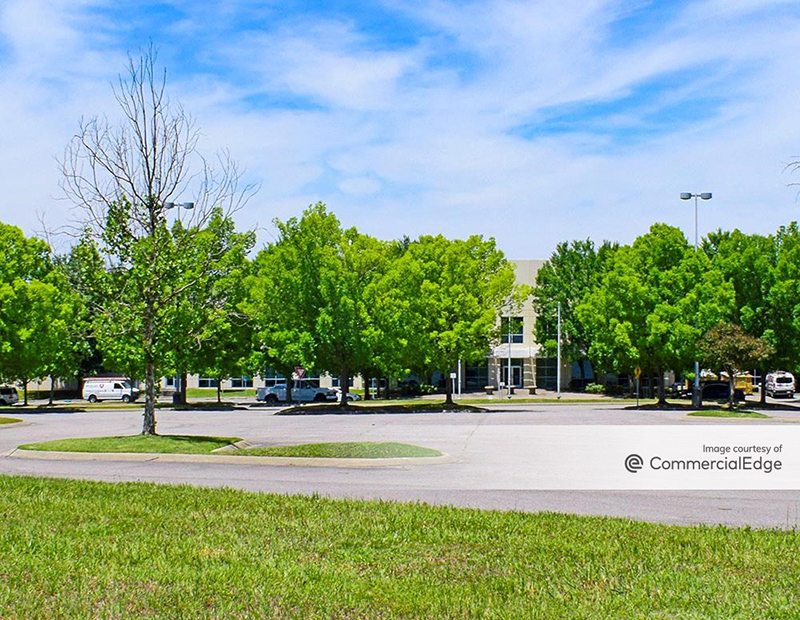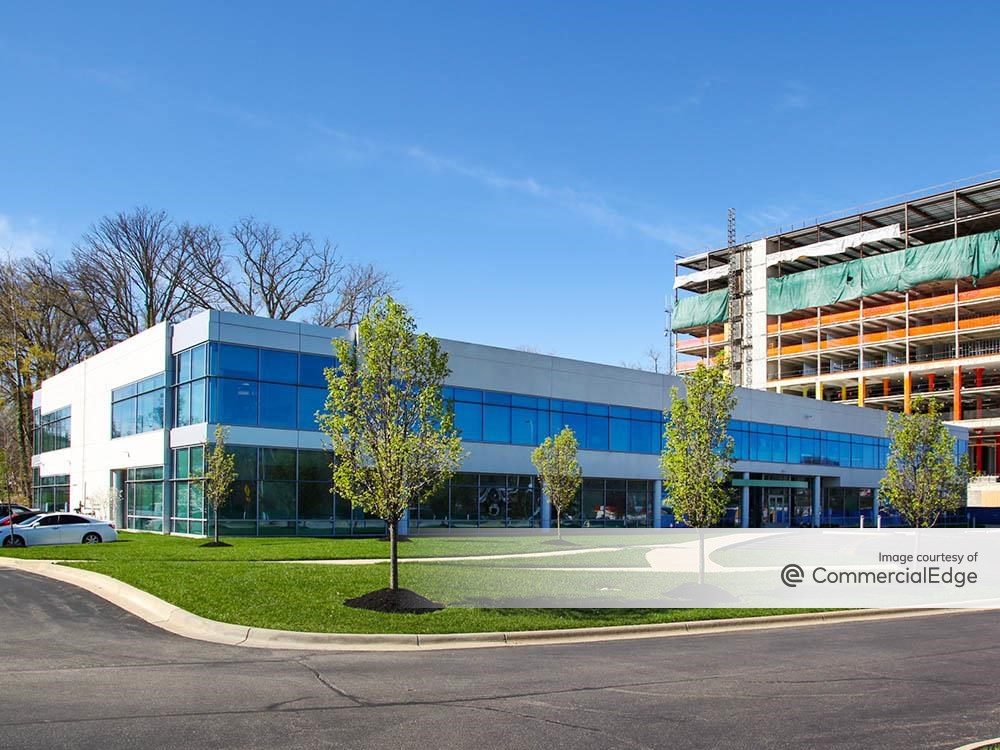Green Lending Picks Up Despite Credit Market Woes
At a time when securing a real estate development loan is an uphill battle, ShoreBank Pacific has decided to pave the way for those builders who are dedicated to eco-friendly development. With the establishment of its new Green Building Loan Program, the bank has joined the ranks of those financial institutions that are making an…
At a time when securing a real estate development loan is an uphill battle, ShoreBank Pacific has decided to pave the way for those builders who are dedicated to eco-friendly development. With the establishment of its new Green Building Loan Program, the bank has joined the ranks of those financial institutions that are making an extra effort to step up the support of green commercial development in the midst of the credit crisis.
“The only people who are going to build today are, one, very serious builders–no one’s building on spec unless they’re idiots–and, two, people with a fair amount of capital who are building for themselves. So if they’re doing that and they’re adding green elements to the building, we can help them get there,” David Williams, ShoreBank Pacific CEO, told CPN.
The 12-year-old Washington-based bank serves the Pacific Northwest and its new green building loan program, created in conjunction with the bank’s nonprofit affiliate ShoreBank Enterprise Cascadia, offers green builders financing of up to 85 percent loan-to-value, a ratio that is hard to come by for most developers these days.
ShoreBank Pacific’s partnership with its affiliate allows it to provide higher lending amounts; loans range from $1 million to $10 million. The program is designed for the truly committed green developer. Proposed projects must be designed to meet ShoreBank Pacific’s internal sustainability guidelines or the qualifications for Earth Advantage, Energy Star or LEED certification.
“We also have scientists on staff who get out and assess the projects,” said Williams. “It’s all part of our strategy to help folks become more sustainable. A lot of green building starts with strategy; there’s pre-thinking that goes into a building that works, and the scientists can help them think further, more deeply into what they want to do.”
In general, it costs more to develop a certified green building than a traditional one, so in the midst of a bleak economy, why would a bank promote the more expensive development concept? “The long-term costs of building are reduced if you follow green building strategies,” Williams noted. “And our approach is different from banks that are just out there chasing the deal. Our whole message is to focus on building sustainable communities. For example, if we’re dealing with a retailer, we get ourselves completely involved in the industry; we say, ‘we can create a market for your product,’ so that reduces the risk for the bank.”
Green lending is still a niche market, but more than a few financing entities specialize in this area, including Houston-based Green Bank and San Francisco’s New Resource Bank. In Austin, a group of banking and environment industry experts is planning to open One Earth Bank this spring; the entity will incorporate sustainable business practices and will provide financing with a focus on environmentally friendly projects and business pursuits. And despite the challenging economic environment, traditional banks are continuing to jump on the green bandwagon.
In November of last year, Roseburg, Ore.-based Umpqua Bank joined forces with Energy Trust of Oregon to form GreenStreet Lending, a program that provides loans to businesses and homeowners to make their properties more energy efficient. While ShoreBank’s green building loan program is brand new, it is clearly already on developers’ radar. However, this route to financing isn’t for borrowers who decide to go green simply to get the loan.
“We’ve gotten a lot of calls from desperate developers, and that’s not useful,” Williams said. “It’s got to be in their bones to do this.”






